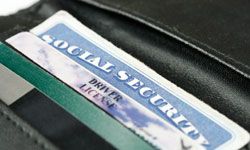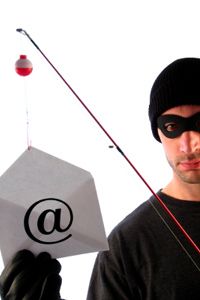Identity theft is a modern problem, a crime facilitated by the use of checking accounts, credit cards, ID numbers and computerized banking systems. The incidence of identity theft has grown exponentially since the 1990s. A Federal Trade Commission survey revealed that 3.7 percent of all Americans became aware that they had been victimized by identity theft in 2005 [source: FTC]. That works out to more than eight million Americans in a single year -- and those are just the people who realized they were ID theft victims.
The effects of identity theft can be devastating as well. Victims may directly lose hundreds or thousands of dollars out of pocket, spend hours rectifying the situation, and suffer from damaged credit scores. Even worse, some people spend years suffering the effects of identity theft without realizing it, losing job offers, being denied loans and other opportunities because someone else is running up bills in their name.
Advertisement
Unfortunately, there's no single, simple way to protect yourself against identity theft. There are many avenues that thieves use to gather your information, and they come up with new methods all the time. To really secure your identity (and your financial future), you need a comprehensive plan and a paranoid mindset when it comes to personal information.
In this article, we'll learn how identity thieves steal or scam their way into your financial life, and outline the best ways to keep it from happening.
Advertisement




